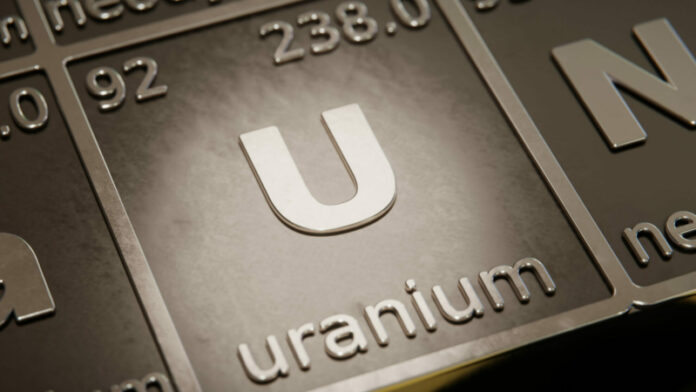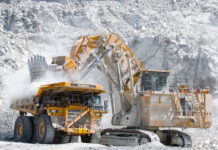
US and European energy users are facing the threat of a decline in uranium supply as major producers such as Kazakhstan reroutes its production to Russia and China, according to an article in the Financial Times earlier this week.
“Russian and Chinese players have been very keen to secure access to resources in central Asia and Africa, creating a very aggressive competitive environment,” Benjamin Godwin at Prism Strategic Intelligence told the newspaper.
“We’re on a depletion curve that I don’t think many customers have realised,” said Cory Kos, vice-president of investor relations at Cameco, one of the world’s largest publicly traded uranium producers and the biggest western supplier based in Canada. The direction of travel “was more flows of material into China”, he told the FT.
Citing company disclosures, the FT said roughly two-thirds of sales by Kazakhstan’s state owned mining group Kazatomprom went to buyers domiciled in Russia, China and the home market combined in 2023, compared with about one-third in 2021.
In comparison, only 28% went to US, Canadian, French and UK buyers combined in 2023, down from 60% in 2021.
This comes as demand for uranium is expected to double by 2040 as countries move towards cleaner forms of energy, according to World Nuclear Association.
Analysts said US energy groups would need to source more uranium this year. The FT cited Berenberg analysts as saying in January that US utilities needed to “contract volumes for the medium term”.
“A supply shock has scope to still materially tighten uranium markets,” they said. “The narrative of a growing supply gap for uranium still rings true.”











